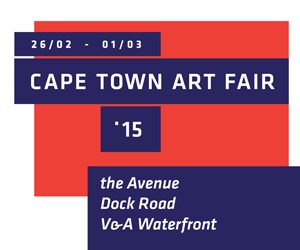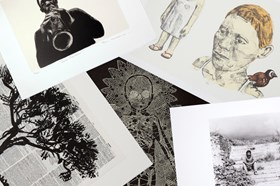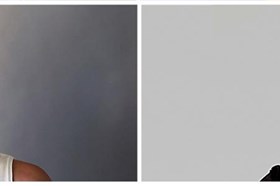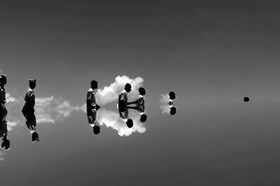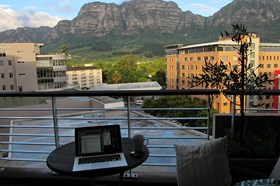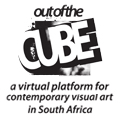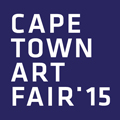cape reviews
Student Review: Figments
Harris Steinman at AVA
By C Cupido06 June - 06 June. 0 Comment(s)

Harris Steinman
Figments: 9.18 pm,
2013.
Archival pigment print
29 x 42 cm.
Harris Steinman is well known for his series of landscapes titled 'Kirstenbosch beyond words' (2005) and his personal nightscapes exhibited at the Cape Town Month of Photography in 2012. He is also known for exhibiting at the Youngblood Arts and Culture development in 2013, where he photographed the interplay between light and shade, structure, color and patterns of flora and landscapes. As a self-taught photographer, he has developed photographic techniques which he has explored over a period of 30 years. This means the development of photographic skills and flaws are evident in his work. He started with black and white and later switched to color slides. He was then an early convert to digital photography.
art events calendar
VIEW FULL CALENDARbuy art prints
edition of 10: R49,000.00
About Editions for ArtThrob
Outstanding prints by top South African artists. Your chance to purchase SA art at affordable prices.
FIND OUT MORE Editions for artthrobIn his new photographic exhibition titled 'Figments' that is currently on show at the AVA gallery in Cape Town, he exhibits 12 photographs of mundane scenes that come alive at night through their surreal depiction and glooming shadows. In the exhibition catalogue, Steinman states that the images were created in response to the wide range of visual impressions that were presented to him. These images are characterized by the personality of each house, which in varying states of decomposition, making each house unique. Thus, it appears that the essence of these houses made a visual impression on his soul, so much so that he revisited the neighborhood to make visual manifestations of his impressions.
The title of the show suggests that he is visualizing specific figments of time – framing that moment in order to share the neighborhood with the viewer. The neighborhood, however, is not made known and is not provided in his captions. The captions only show the time between 9:00pm and 11:57pm. He draws parallels to Gilles Deleuze’s notion that photographs depict or frame a ‘reality’, but one has no sense of where the neighborhood is and if the photographs visualize the reality of it. Thus, the way that Steinman captures this reality, suggests a disconnect with reality because of the way in which the photographs are unnaturally lit.
This disconnect is apparent in the use of his colors, as they are surreal and luminous. They emerge as unnatural and transferred onto the houses in order to show their chipped paint, brick lines and walls that are deteriorating. In Figments 10.15 pm for example, the lilac color of the house would not be as visible as or distinct in color at night, were it not for the unnatural lighting the street lights provide. Street lights are used as the main source of light in order to show the detail of the houses. The detail of the decomposition of the wall would also not be visible, and the branches of the tree on the left corner of the photograph, would fade into the darkness of the night sky. This technique rejects Deleuze’s concept of framing the ‘real’. As these photographs illuminate dark aspects of the buildings unnaturally at night, they reject the notion of the real.
Steinman appears to challenge the reality of his content, purposefully using High-dynamic-range (HDR) effects in order to reproduce a greater dynamic range of luminosity. This means that it enhances the detail of images when little light is available. These effects render a haunting presence. It is apparent how his medical career has had an influence on his visual interpretation of his surroundings because he presents these houses as fact. In other words, he presents the houses as real and still in the neighborhood; a neighborhood that he has left and returned to as an outsider looking in as if to claim the images. Thus, one cannot relate to the photographs and again draws on the disconnection one feels with the reality of the neighborhood that is being depicted. It evokes a feeling of exclusion, due to one not being able to relate to the neighborhood.
The whole series is taken at eye level and starts with Figments 9:oo pm. In Figments 9:oo pm, Steinman deliberately shows the distance between him and the houses. He exemplifies a distance between the viewer and the houses because the viewer cannot easily relate to the houses as being presented as fact and reality. This distance is made manifest by a fence which is situated in front of each house, each bearing various characteristics of the houses they distance one from. The same distance is maintained between each of the houses and the photographer, as it appears to make one feel as if one is walking down the street in this neighborhood. Steinman presents one with a lack of information, urging one to keep looking and try and relate and understand the essence of each house, whilst the walls keeps one outside. These walls appear to tell one that there is no more to be seen, and that the character of each house is to remain invisible to the eye. It lures one in to keep looking for what is not there, and to try and find human activity by the imperceptible traces present in the houses.
Another aspect Steinman refers to is how the houses appear to gradually be losing their essence. In other words, that what makes them unique and different from each other. The loss that Steinman tries to communicate is not all that clear in his depictions. In the catalogue, he states that his narrative is based on recognizing and accepting that loss is irrecoverable. A loss of how he imagined the reality of the neighborhood would be since he has left, because he cannot relate to its reality the way that he used to. It depicts the neighborhood as not whole without the human presence being there; as if this was the aspect that was missing along with his past experiences. This adds to the melancholic feeling he evokes throughout the series. As he states in the catalogue, he is trying to comprehend that past disappointments, suffering and melancholy, are meant to mature, and transfigure, and shift him. In other words, through documenting these houses, he is showing the viewer how he reflects on how meaningful they are to him.
The deliberate manipulation of the photographs adds to the ominous quality of the collection as a whole, as to characterize how the neighborhood nightscapes shift and transform its viewers, evoking a sense of loss or disappointment. The limited information provided by Steinman, leaves one fascinated with that which is invisible, and the unrealistic colors which are illuminated. There are traces of production flaws in the collection as a whole, but it is perhaps all just part of the surreal illusion presented in his framing process.

